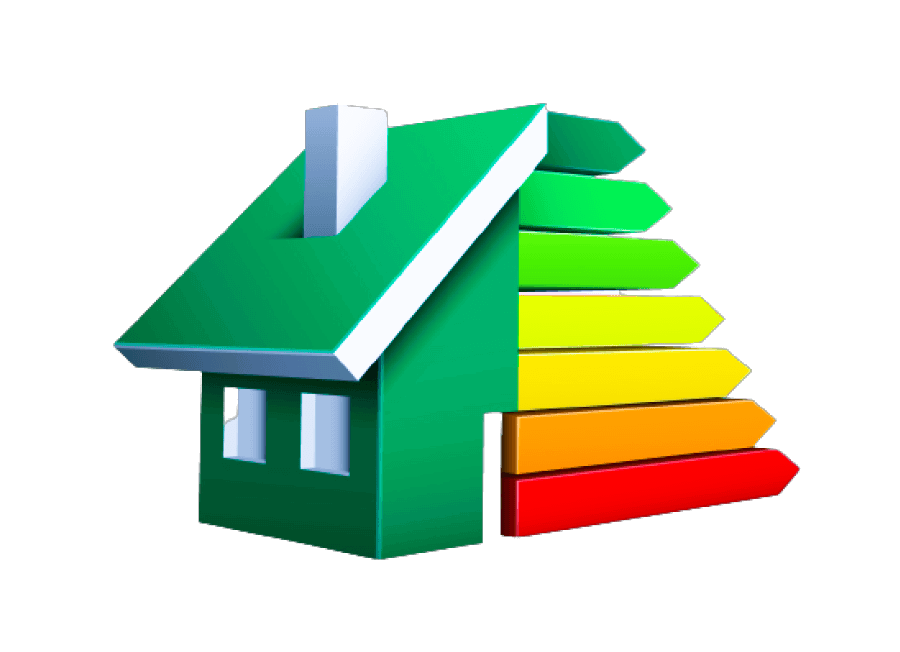When it comes to selecting windows for your home, understanding energy ratings is essential. Energy ratings provide valuable information about the thermal performance and efficiency of windows, helping homeowners make informed decisions to maximize energy savings and comfort. In this article, we’ll explore the key aspects of energy ratings and provide practical tips on choosing the most efficient windows for your home.
Understanding Energy Ratings
Energy ratings for windows typically include several key metrics that assess their performance in terms of insulation, heat gain/loss, and overall energy efficiency. These metrics are standardized to provide consistent and reliable information to consumers. Some of the most common energy rating systems include:
- U-Factor: The U-factor measures the rate of heat transfer through a window. A lower U-factor indicates better insulation and reduced heat loss, making it ideal for colder climates. U-factor values typically range from 0.20 to 1.20, with lower values representing higher energy efficiency.
- Solar Heat Gain Coefficient (SHGC): The SHGC measures the amount of solar radiation that enters a window and contributes to heat gain inside the home. A lower SHGC indicates less heat gain, making it suitable for warmer climates or south-facing windows exposed to direct sunlight. SHGC values range from 0 to 1, with lower values representing better solar control.
- Visible Transmittance (VT): The VT measures the amount of visible light that passes through a window. Higher VT values indicate greater daylighting potential, allowing more natural light to enter the home. VT values range from 0 to 1, with higher values representing better visibility and daylighting.
- Air Leakage (AL): The air leakage rating measures the amount of air that passes through the window assembly. A lower AL indicates less air leakage and better energy efficiency. AL values are typically expressed in cubic feet per minute per square foot of window area (cfm/ft2).
By understanding these energy ratings, homeowners can compare different window options and choose the most suitable ones based on their climate, orientation, and energy efficiency goals.

Tips for Choosing Energy-Efficient Windows
When selecting energy-efficient windows for your home, consider the following tips to ensure optimal performance and energy savings:
- Look for ENERGY STAR® Certification: ENERGY STAR® certified windows meet strict energy efficiency criteria set by the U.S. Environmental Protection Agency (EPA) and are independently tested and verified by accredited laboratories. Choosing ENERGY STAR® certified windows ensures high performance and energy savings. Read how two-panel windows differ from three-panel windows in terms of energy saving, more details in our article.
- Consider Climate Zone: Take into account your local climate when selecting windows. For colder climates, prioritize windows with low U-factor ratings to minimize heat loss. In warmer climates, focus on windows with low SHGC ratings to reduce heat gain.
- Opt for Low-E Coatings: Low-emissivity (Low-E) coatings are thin, virtually invisible layers applied to window glass to reduce heat transfer and ultraviolet (UV) radiation while allowing visible light to pass through. Look for windows with Low-E coatings to enhance energy efficiency and comfort.
- Choose Insulated Frames: In addition to glass performance, consider the insulation properties of window frames. Insulated frames, such as vinyl, fiberglass, or wood clad with low-conductivity materials, help minimize heat transfer and improve overall energy efficiency.
- Ensure Proper Installation: Proper installation is essential for maximizing the energy efficiency of windows. Hire experienced professionals or follow manufacturer guidelines to ensure windows are installed correctly, with adequate insulation and sealing to prevent air leakage.
In conclusion, understanding energy ratings is critical for choosing the most efficient windows for your home. By considering factors such as U-factor, SHGC, VT, and air leakage, homeowners can select windows that offer optimal performance, comfort, and energy savings. For more information on energy-efficient windows and ratings, consult reputable sources such as ENERGY STAR® and Natural Resources Canada.
By making informed decisions and prioritizing energy efficiency, homeowners can create healthier, more comfortable living spaces while reducing energy consumption and environmental impact. Choose wisely and enjoy the benefits of energy-efficient windows for years to come.

